Caring for our animals in an emergency
MEDIA RELEASE
Published on 6 May 2025.
New Zealand veterinarians are working with emergency management networks to improve and promote safer practices for managing animals during emergencies and natural disasters.
The New Zealand Veterinary Association Te Pae Kīrehe (NZVA) is part of the first Australasian Animals Emergency Incident Management Network (AEIMN) conference at Massey University (9-10 May) this week bringing together expertise from the UK, Australia and New Zealand.
NZVA Emergency Lead Leanne Fecser, who is part of a panel session at the conference, says veterinarians and their teams play a critical role in animal welfare under the national Civil Defence Emergency Management Plan (CDEMP).
“This conference is an opportunity to learn from and test our emergency management approach, identify any improvements, and strengthen how we work across emergency networks in a coordinated response.”
Normally, owners are primarily responsible for their animal’s welfare, but things change in a natural disaster when people may be injured, isolated or separated from their animals and unable to care for them.
“Animals depend on our veterinarians and their teams for their wellbeing, and our communities rely on our expertise to navigate the complex challenges emergencies bring.”
Under the Veterinarians Act veterinarians are legally obliged to alleviate the suffering of animals and likewise in emergencies hold key responsibilities to do so under the CDEM, including advising on where to get treatment and coordinating advice on feeding and sheltering animals.
“During Cyclone Gabrielle our veterinarians and their teams worked around the clock, often without power, communications and in isolated areas to care for injured and sick animals and provide advice to their owners, many who’d been evacuated to shelters with nowhere for their pets to go.
“Farm animals in particular suffered a lot and, in one case where a farmer in an inaccessible area needed pharmaceuticals to treat their stock, the veterinarian organised a helicopter to deliver them. In many cases, vets also treated animals for free where displaced people had no money.
“Overall, the cyclone gave us a glimpse of how a more catastrophic event could impact our animals, our industry and communities.”
In the wake of and informed by Cyclone Gabrielle, the NZVA has developed a dedicated Emergency Management Plan to ensure veterinary professionals and teams are prepared for and part of a coordinated response and recovery from natural disaster. This includes training, an Incident Management Team, and other ready to go response roles.
“We report directly to the Ministry for Primary Industries’ Animal Welfare Emergency Management (AWEM) team, as one of the agencies responsible for animals in an emergency. They rely on us for situational information from the veterinary teams we have on the ground to support their decision-making and coordination of resources.”
Leanne says the NZVA will review and update its Emergency Management Plan response and recovery framework after an emergency to ensure the ongoing effectiveness and efficiency of its response and support for veterinary professionals.
The NZVA is also a member of the National Welfare Coordination Group for humans and animals that meets quarterly.
